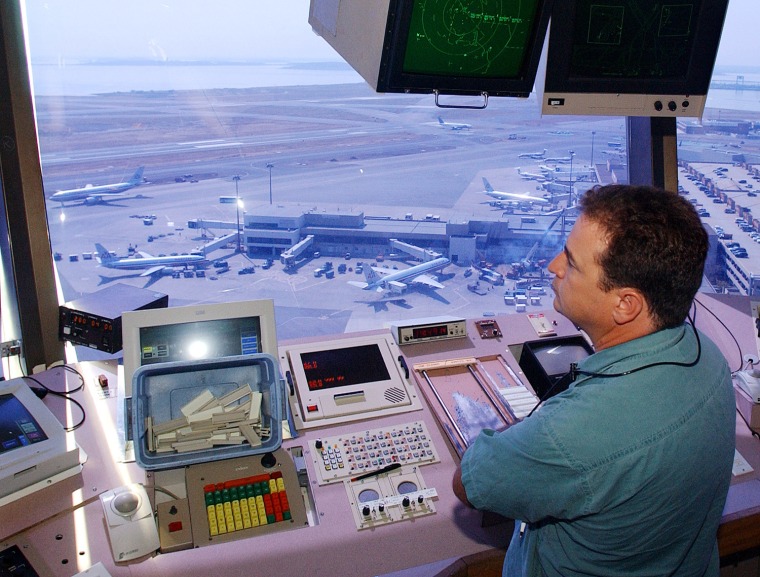The Transportation Department's in-house watchdog said Thursday it isn't clear why air traffic controller errors soared by 53 percent last year, but inexperience could explain it in large part.
Inspector General Calvin Scovel told a Senate Appropriations subcommittee the Federal Aviation Administration has placed large numbers of inexperienced controllers at some of the nation's busiest and most complex air traffic facilities.
The agency plans to hire 11,000 new controllers by 2019 to make up for a wave of retirements, he said. Many of the more than 15,000 controllers now working for the FAA were hired following President Ronald Reagan's firing of striking controllers three decades ago, and are now eligible for retirement.
Scovel said that as of March, 25 percent of controllers were in training compared to 15 percent in 2004. At some complex facilities, the share is even higher, he added.
For example, at a regional Denver radar center that handles airport approaches and departures, 43 percent of controllers are in training, Scovel testified. At LaGuardia Airport in New York, the trainees make up 39 percent of the work force, he added.
FAA Administrator Randy Babbitt, also testifying Thursday, attributed the large increase in controller errors to a new voluntary program that encourages controllers to report mistakes without fear of reprisal.
Also, he said, new equipment at some radar facilities is able to spot more instances of planes coming too close together — errors that probably went unnoticed before.
"We're taking the position it's not necessarily the amount of operational errors that's increasing — we're capturing them (more), and that's a good thing," Babbitt said.
Those reasons may be contributing to the increase, but no one — including the FAA — really knows why errors are up so dramatically, Scovel said. He said his office is investigating the issue.
A new contract between FAA and the National Air Traffic Controllers Association, the union representing controllers, may help reduce the share of trainees at busy facilities by allowing the agency to offer financial incentives to experienced controllers to transfer from smaller airport towers and radar centers, Babbitt said.
Before, when FAA wasn't able to offer financial incentives, controllers were often reluctant to transfer to busier facilities in places like New York and Southern California, for example, where the cost of living is higher.
But FAA recruiters have also been promising prospective controllers that they'll be assigned to specific facilities before they even graduate from the agency's training academy, Scovel said. The agency needs a better system for matching the skill levels of academy graduates with the complexity of the type of air traffic facility they are assigned to, he said.
The rise in errors, as well as recent incidents in which controllers have been found sleeping and watching movies while on duty, is troubling, said Sen. Patty Murray, the subcommittee's chairman. The Washington Democrat noted that Scovel had raised concerns last year and in 2004 about how FAA places new controllers at its various facilities.
"FAA has known about troubles with how it trains and places newly hired controllers for a long time," she said.
